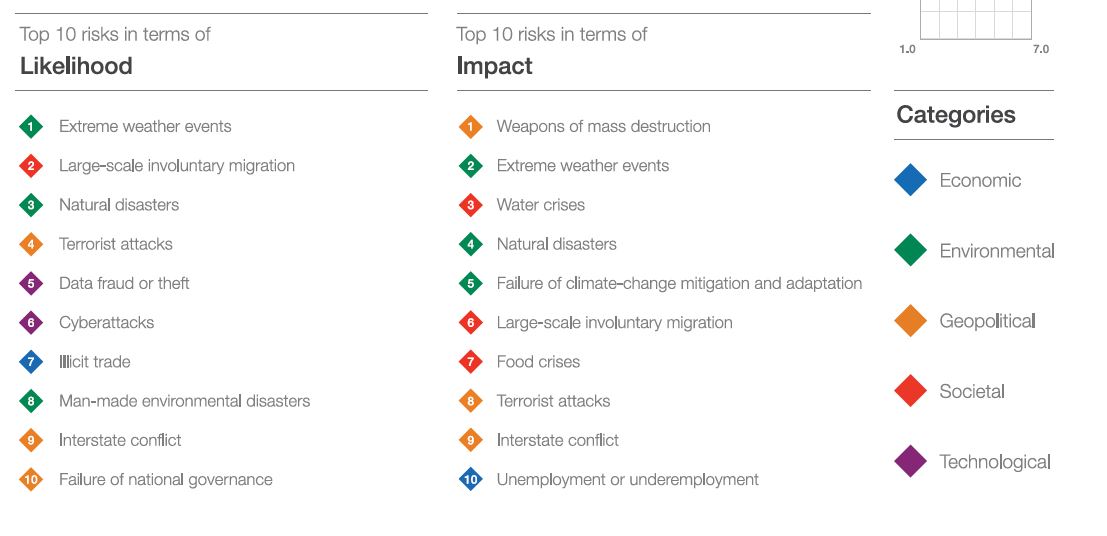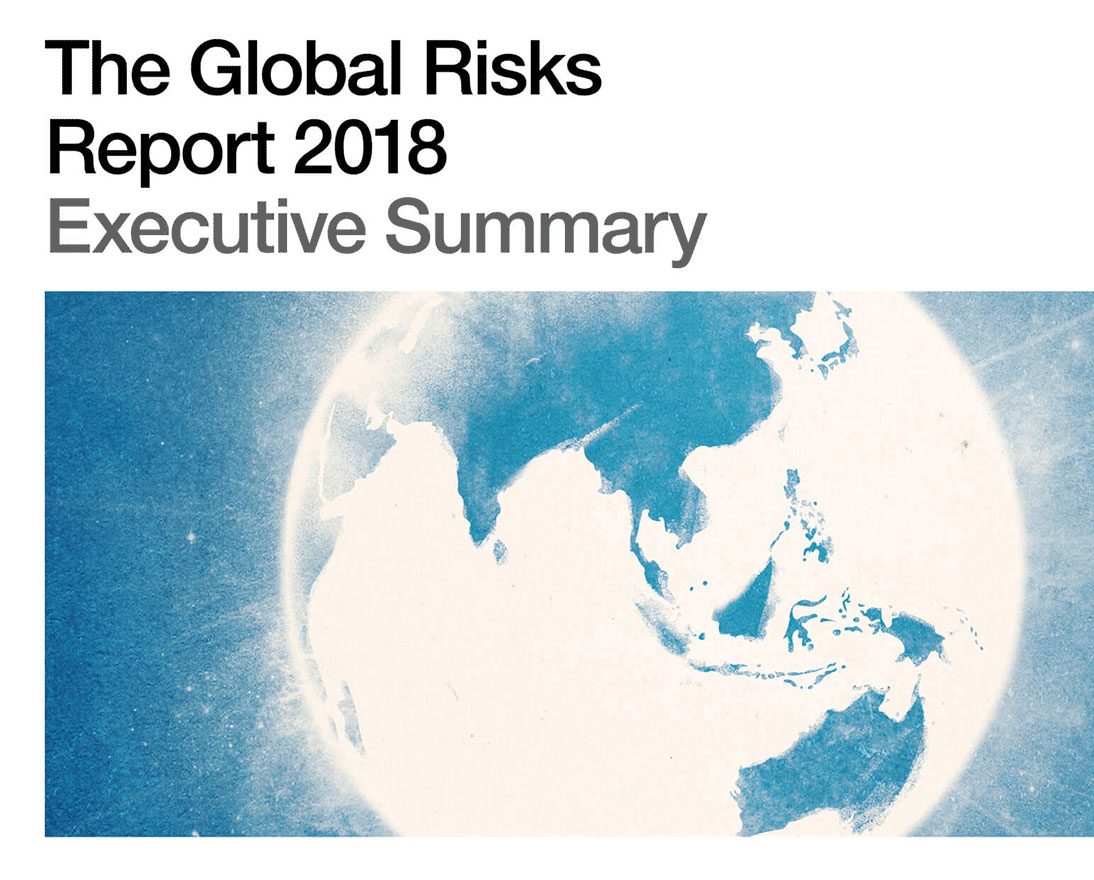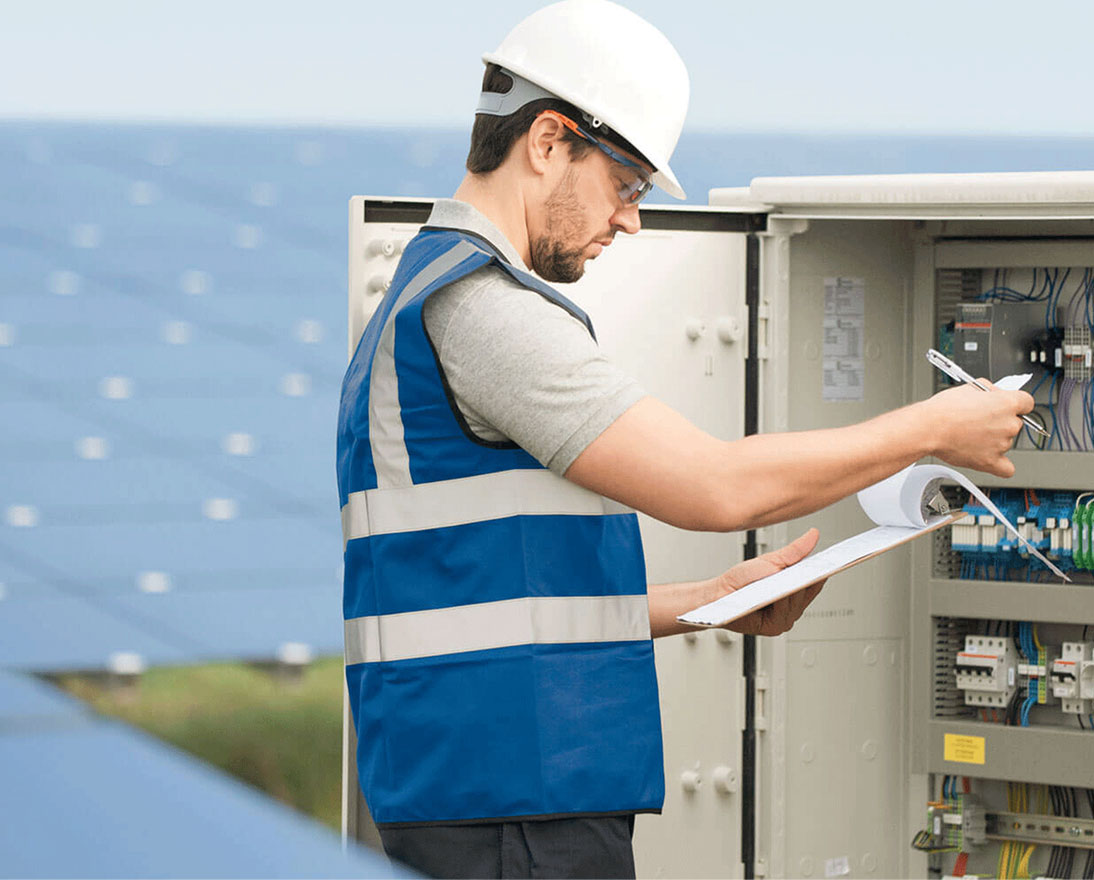The Global Risks Report 2017
Global risksReportJanuary 11, 20174 min read
This 12th edition of The Global Risks Report is published at a time of heightened political uncertainty. With tensions building for over a decade, the social, political and economic events of 2016 should serve as a wake-up call and prompt us to reassess our preparedness in the face of an evolving risk landscape. Read the new report.

Download the full report here and additional material:
This 12th edition of The Global Risks Report is published at a time of heightened political uncertainty, following a year of unexpected electoral results, particularly in the United States and the United Kingdom. Polarized societies and political landscapes are taking centre stage in many countries, with deepening generational and cultural divisions amplifying the risks associated with sluggish economic recovery and accelerating technological change.
These tensions have been building for some time, and over the past 10 years a nexus of social, political and economic fragilities has been a consistent focus of The Global Risks Report. The events of 2016 should serve as a wake-up call and prompt us to reassess our preparedness in the face of an evolving risk landscape.
While we should be wary of attributing too much influence to a series of very recent electoral results, the consequences of which are still unknown, major unexpected events can serve as inflection points. Long-term trends – such as persistent inequality and deepening polarization, which ranked first and third in perceived importance in the Global Risks Perception Survey (GRPS) this year – can build to a point at which they become triggers for change. This kind of change might involve risks intensifying or crystallizing, but it is important to recognize that shocks and releases of tension might also lead to a brightening of the risk outlook. We are in a period of flux; paradoxically this is therefore a time when things could improve.
The world is undergoing multiple complex transitions: towards a lower-carbon future; towards technological change of unprecedented depth and speed; towards new global economic and geopolitical balances. Managing these transitions and the deeply interconnected risks they entail will require long-term thinking, investment and international cooperation. It will also require policy-makers to bring voters with them – one of the lessons of 2016 is that we are very far from consensus on how to proceed.
This year’s Global Risks Report takes as its starting point the societal and political polarization that besets an increasing number of countries and that looks set to be a determining feature of the political landscape not just for the next few years but for the next few electoral cycles. In Part 1, the Report draws on the trends and risks highlighted in the latest GRPS to outline the key challenges that the world now faces: reviving economic growth; reforming market capitalism; facing up to the importance of identity and community; managing technological change; protecting and strengthening our systems of global cooperation; and deepening our efforts to protect the environment.
Part 2 explores three social and political risks in greater depth. The first chapter considers whether recent political trends amount to a crisis of Western democracy. It looks at underlying patterns that have led to a weakening of democratic legitimacy and points to three strategies that might help to restore it. The second piece highlights the importance of civil society in mitigating risks and assesses trends towards the curtailment of civil society organizations’ freedom to operate. The final chapter in this part of the Report looks at one of the gravest long-term challenges facing the world: how to build systems of social protection that can cope with the seismic demographic, economic and other changes that have transfigured social structures and individual lives over the last three decades.
Part 3 turns towards technology, which is at once a source of disruption and polarization and an inevitable part of whatever responses to these trends we choose to pursue. Informed by the results of a special GRPS module on emerging technologies, the urgency of the governance challenge in this area is stressed. This is followed by two in-depth assessments of specific technological risks: first, in relation to artificial intelligence, and second, in relation to our rapidly changing physical infrastructure needs and vulnerabilities.





